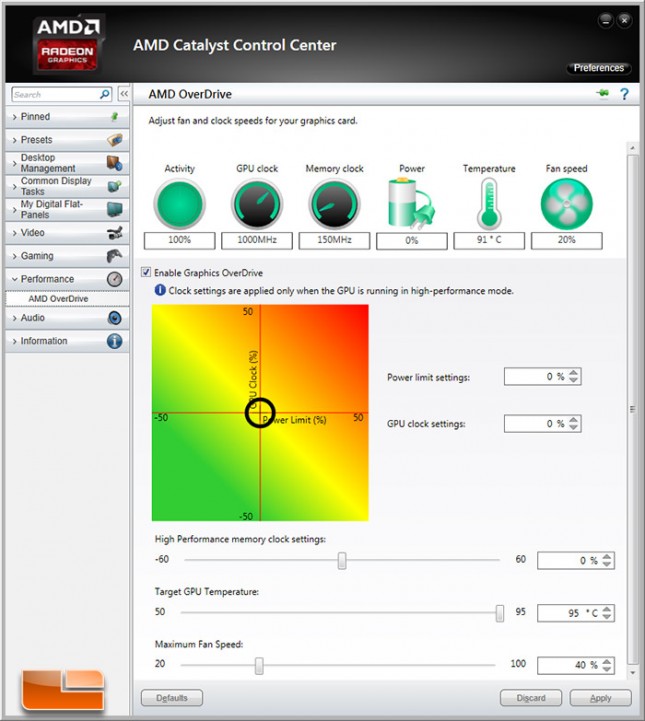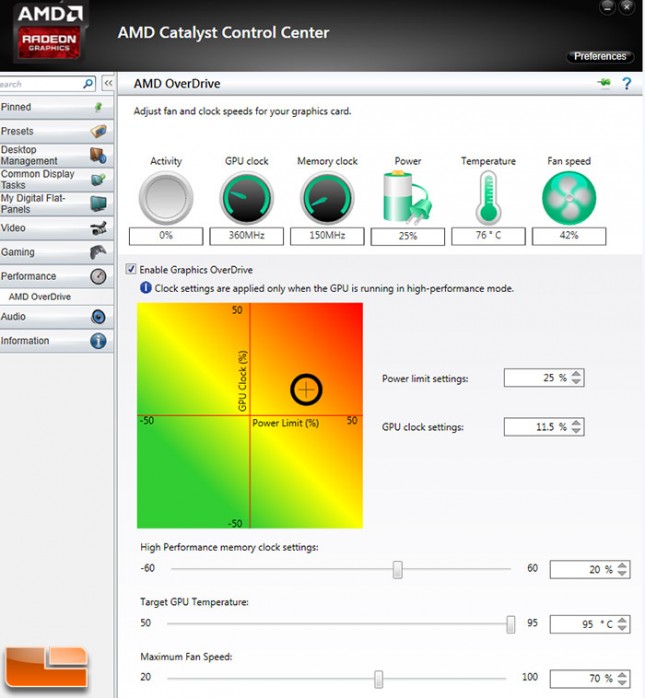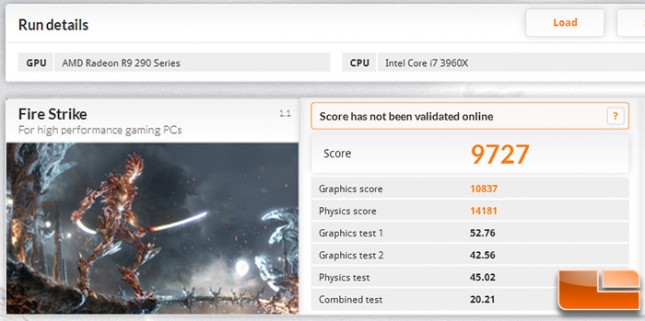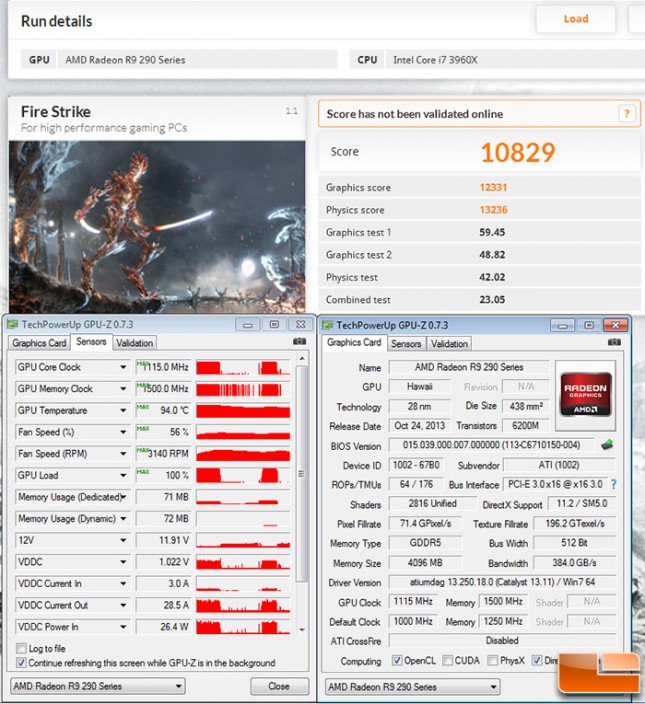AMD Radeon R9 290X 4GB Video Card Review
AMD Radeon R9 290X GPU Overclocking
A video card review isn’t complete without some overclocking, so we’ll be taking a look at overclocking the Radeon R9 290X using AMD OverDrive.

AMD gives you more control than ever, but has completely redesigned the Graphical User Interface (GUI). The first thing that you’ll notice is that there is a crazy XY chart with a target that you can move around to select your settings. AMD officially calls this a 2-dimensional heat map. They hope this new deisgn makes it more intuitive for end users to tune their video card. The AMD Radeon R9 290X is fully dynamic, so there is no longer an absolute clock to set. This means that overclocking is now done by percentages and not fixed values.
AMD Overdrive lets you either raise or lower both the GPU clock and the power limit of the card. You can also manually enter in the power limit and GPU clock settings, so you don’t have to use the chart if you don’t want to. Under the new XY chart you’ll find that you can raise and lower the GDDR5 memory clock frequency by -60 to 60 percent over default. You can also adjust the temperature target between 50C to 95C and manually adjust the maximum fan speed. The AMD Radeon R9 290X’s default settings are to have the target GPU temperature at 95C and the fan speed at 40% in quiet mode and 55% in uber mode. It should be noted that you can’t manually control the fan speed any longer as you can just control the maximum speed that it can run up to. �

We spent a few hours overclocking the AMD Radeon R9 290X and it took us a bit to get used to the new OverDrive menu in Catalyst Control Center. All the overclocking is now percentage based and we adjusted the power limit, GPU clock, memory clock and fan speeds in order to dial in the best overclock that we could get. For our AMD Radeon R9 290X reference card that would be an overclock of 11.5% on the GPU core clock and 20% on the 4GB GDDR5 memory with the power limit at +20%. We bumped the fan up to 70% as we were willing to have the card run loud in order to get additional performance out of the Hawaii GPU.

The AMD Radeon R9 290X graphics card scores right around 9300 3DMarks in the standard Fire Strike benchmark. Our exact score on this one instance was 9727 3DMarks and notice that in Game Test 1 the outcome was around 53 FPS.

With our Radeon R9 290X overclocked as high as we could get it, we were hitting 1115 MHz core and 1500 MHz on the 4GB of GDDR5 memory (6000 MHz effective). This is a 115 MHz on the core and 250 MHz on the memory. With the card overclocked with these setting we were able to run 3DMark Fire Strike at 10829 3DMarks, which is a big jump up from the stock run of 9727 3DMarks! This is an 1,102 point increase in our overall 3DMark score, which represents a performance gain of 11.3 percent. We overclocked our GPU clock speed 11.5 percent, so this is pretty damn spot on.
| Radeon R9 290X Stock | Radeon R9 290X OC’d | Percent Difference | |
| Bioshock Infinite | |||
| 2560×1600 | 82.12 | 91.34 | +11.2% |
| 1920×1080 | 131.62 | 145.22 | +10.3% |
| Tomb Raider | |||
| 2560×1600 | 79.4 | 90.1 | +13.5% |
| 1920×1080 | 137.9 | 155.6 | +12.8% |
| Hitman Absolution | |||
| 2560×1600 | 34.3 | 38.8 | +13.1% |
| 1920×1080 | 54.5 | 62.0 | +13.8% |
| 3DMark Fire Strike | 9,727 | 10,829 | +11.3% |
By overclocking the AMD Radeon R9 290X we were able to get on average a 12.45% performance increase on real game titles like Bioshock Infinite, Tomb Raider and Hitman Absolution. These are significant performance gains as you can really notice going from 34FPS to 39FPS in games like Hitman Absolution when playing at Ultra HD resolutions.
